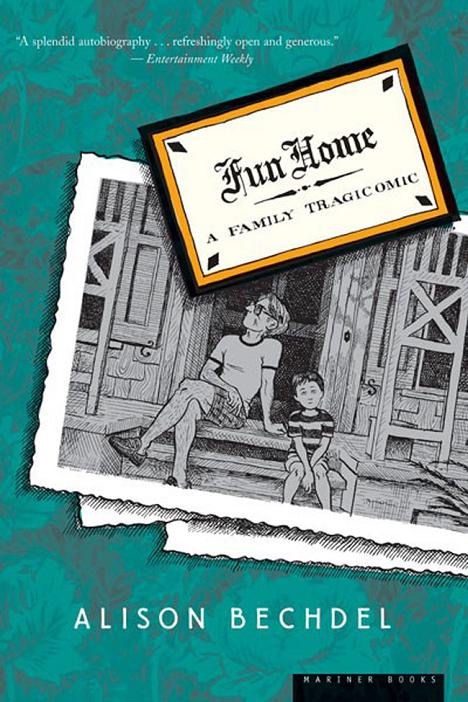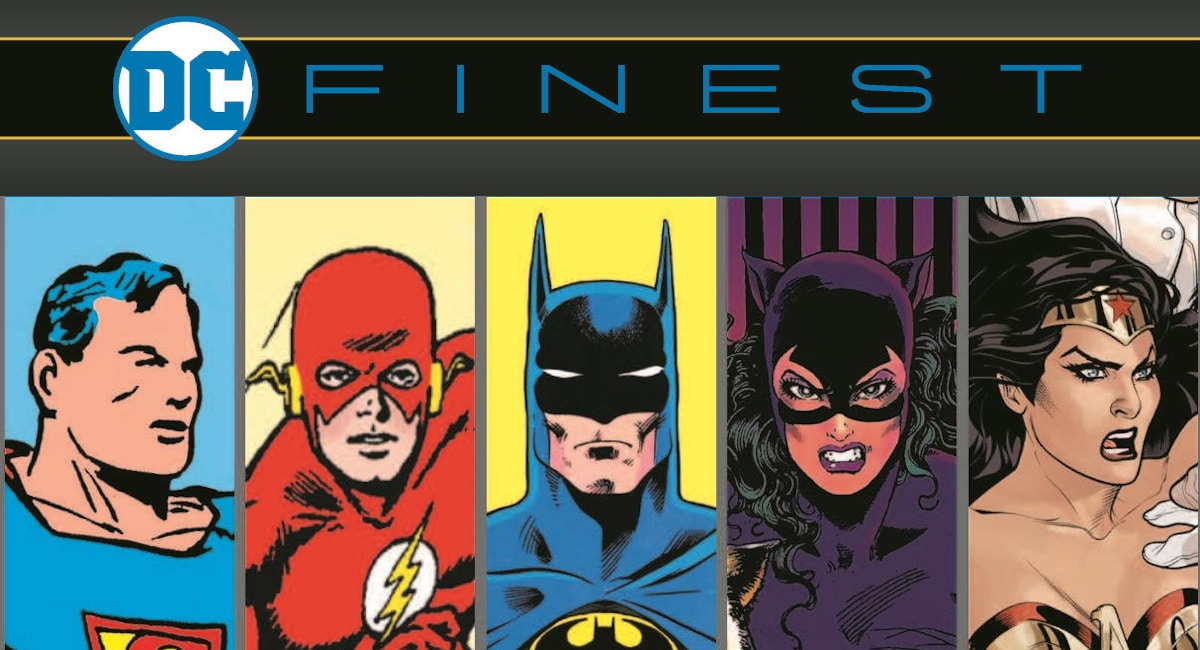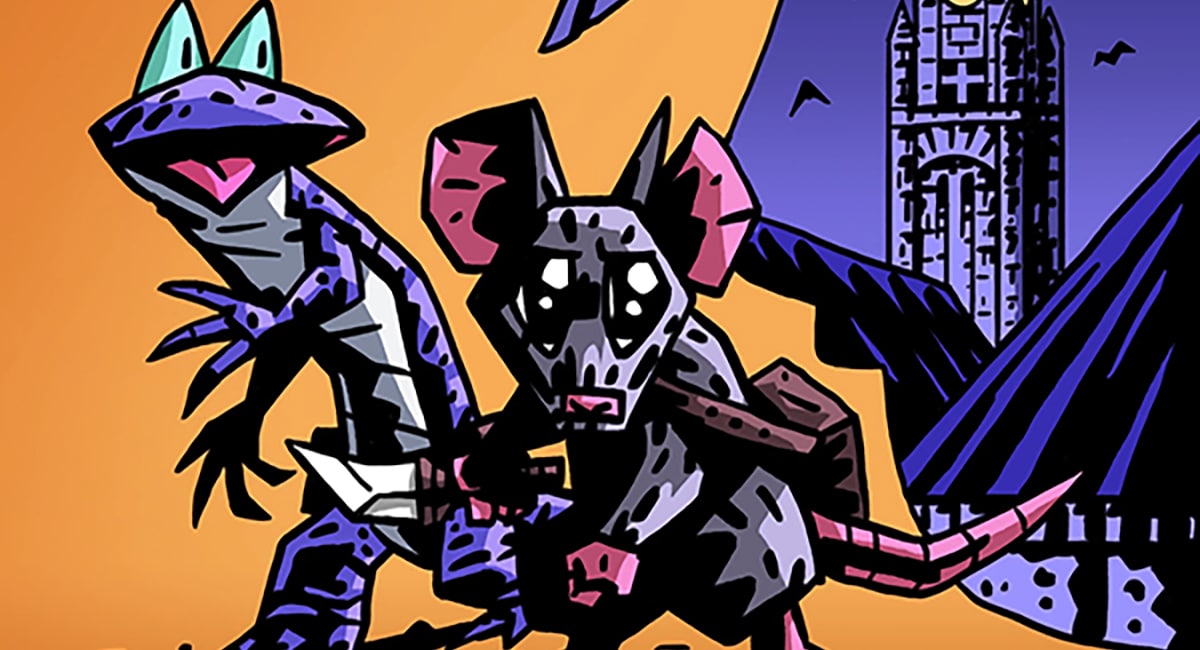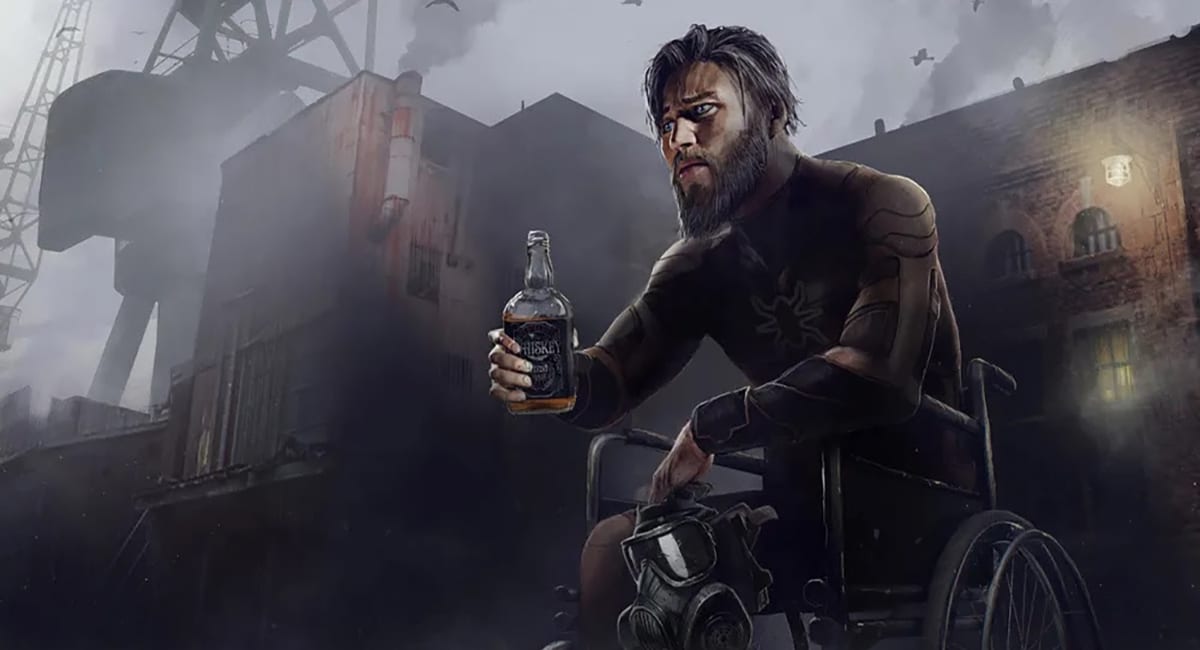As we wrap up our big picture look at where it’s at, here’s a piece that Calvin Reid and I put together for Publishers Weekly called From the Fringes to the Mainstream: Ten Years of Growth In Graphic Novel Publishing where we surveyed a bunch of super smart industry folks on the past ten years and their future challenges. Among those taking part: Leyla Aker (Viz); Charles Brownstein (CBLDF); Christopher Butcher (TCAF, the Beguiling); Kuo-Yu Liang (Diamond); Terry Nantier (NBM/Paperctz); David Saylor (Scholastic); and Eva Volin (Alameda Free Library). I can’t imagine seven smarter people about the business, and reading what they have to say gives as good a snapshot as anything about the state of the industry. (And forgive me this once for giving a “must read” to an article I worked on, but the content is all them and no me.) I couldn’t pick a ut graph, but I like what Volin has to say about the future challenges:
Volin: The biggest challenge in the next five years may be keeping up with what’s out there. I don’t believe graphic novels are a trend; I believe this is how the industry will be going forward. There’s no such thing as an embarrassment of riches. The only embarrassing thing will be if we don’t make the most of what we’ll be given.
For all the anxiety about where the comics market will go in 2016, it will only evolve, not go away. The flood of good work being done is a testament to the overall improvement in education about making and reading comics over the last decade; I think creators who grew up reading Lee/Kirby and the X-men have very different career aspirations than those who grew up reading Fun Home, One Piece and Acme Novelty Library. It’s evolution in the best possible way.
So don’t let any scare stories or worries stop you. Comics are just fine. If there is one issue facing it that remains problematic it’s the economy of creating comics; making a living that allows for a vacation now and then is not just nice, it’s a necessity. But in that the comics arts are little different from so many other creative fields, even if there are few role models for “making it” in comics.
So yeah, we’ve had a good run and there’s more to come.









Pantheon is why this happened.
They had the money, the had the vision, they had Chip Kidd.
They were the first book publishers to reeeally try to make comics look good.
Beaunaventura, High-water, D+Q, Fanta, and a few others laid the ground work, but Pantheon were the first to convince the bigger world that comics could be worthy of a respectable bookshelf.
Comments are closed.